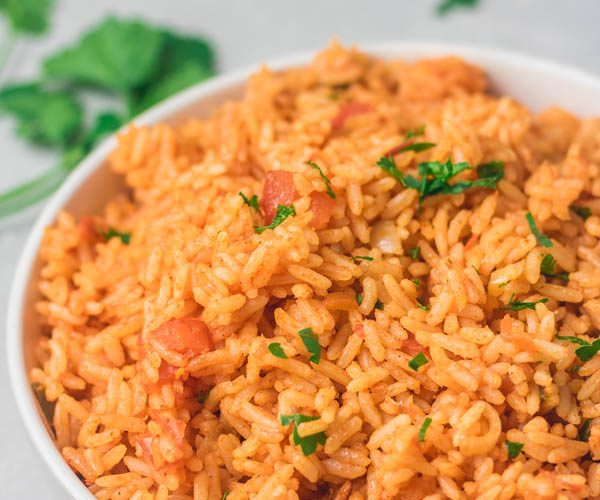Instructions:
1. In a medium pot, combine the jasmine rice (rinsed) and all other ingredients above.
2. Cove and bring to a boil; reduce heat and simmer (covered) for 15 minutes.
3. Remove from heat and let sit for another 10 minutes before serving.
Rinse rice in a colander before cooking. This reduces the clumps and stickiness of the rice.
Rice is generally classified by size into three groups—long-grain, medium-grain, and short-grain. Basmati shares the long-grain group with jasmine rice and American long grain. Jasmine rice is most commonly grown and eaten in Southeast Asian countries, including Thailand, Cambodia, and Vietnam. While it is similarly fragrant to basmati rice, it is much stickier in texture. Basmati rice tends to have fluffy, clean grains, lacking the starch of jasmine rice.

Recent Comments